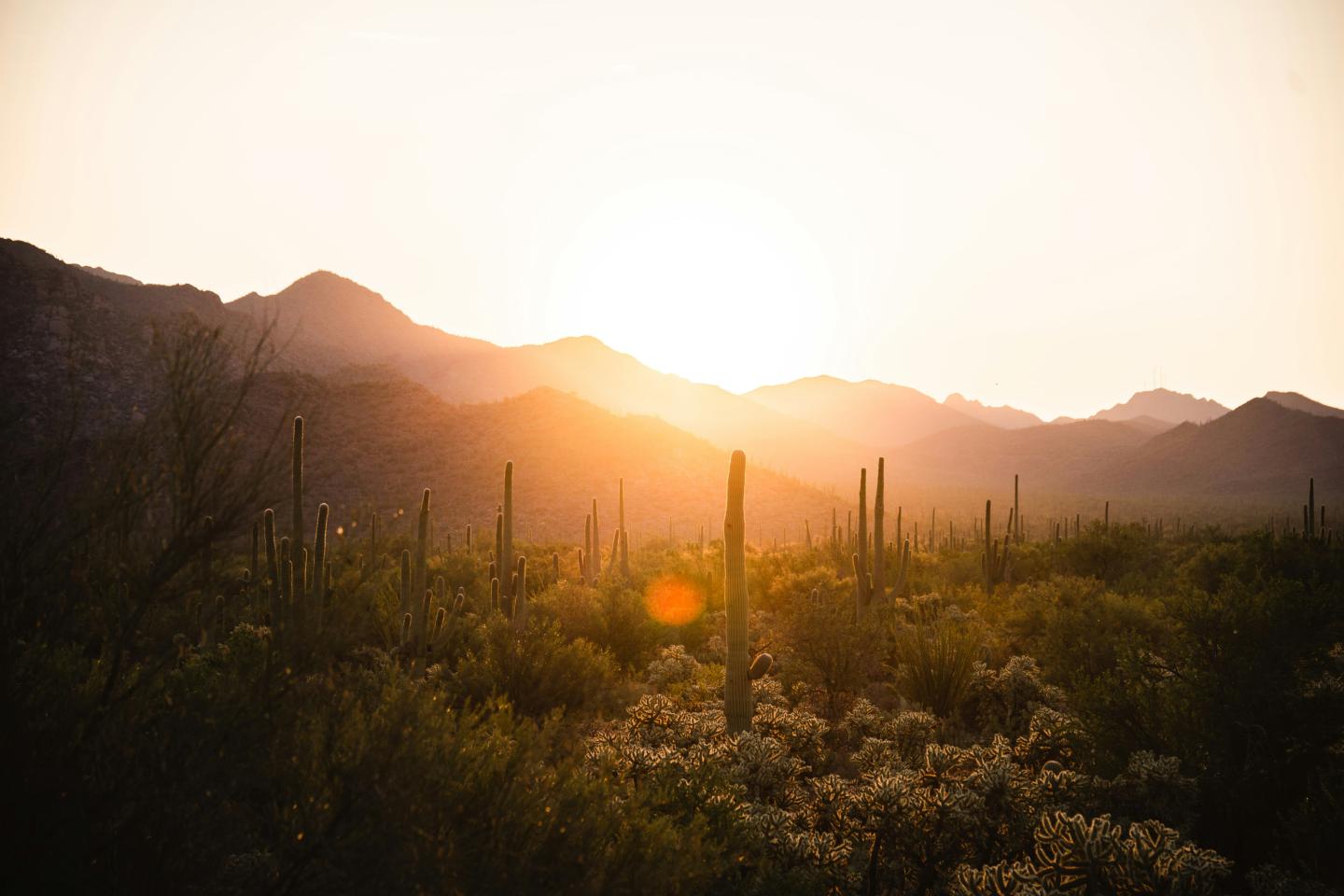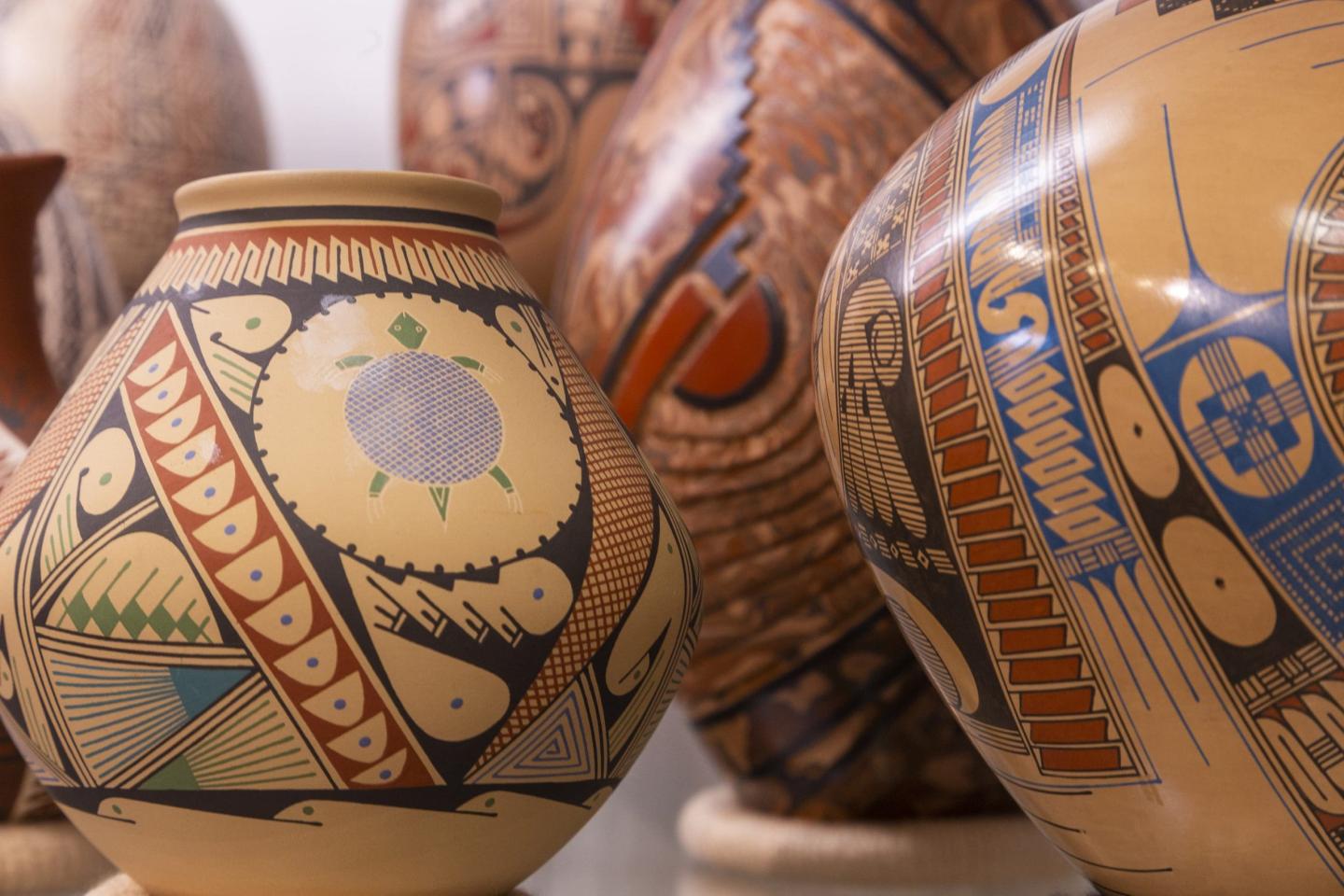
Learning about the secrets of the Rincon Mountains
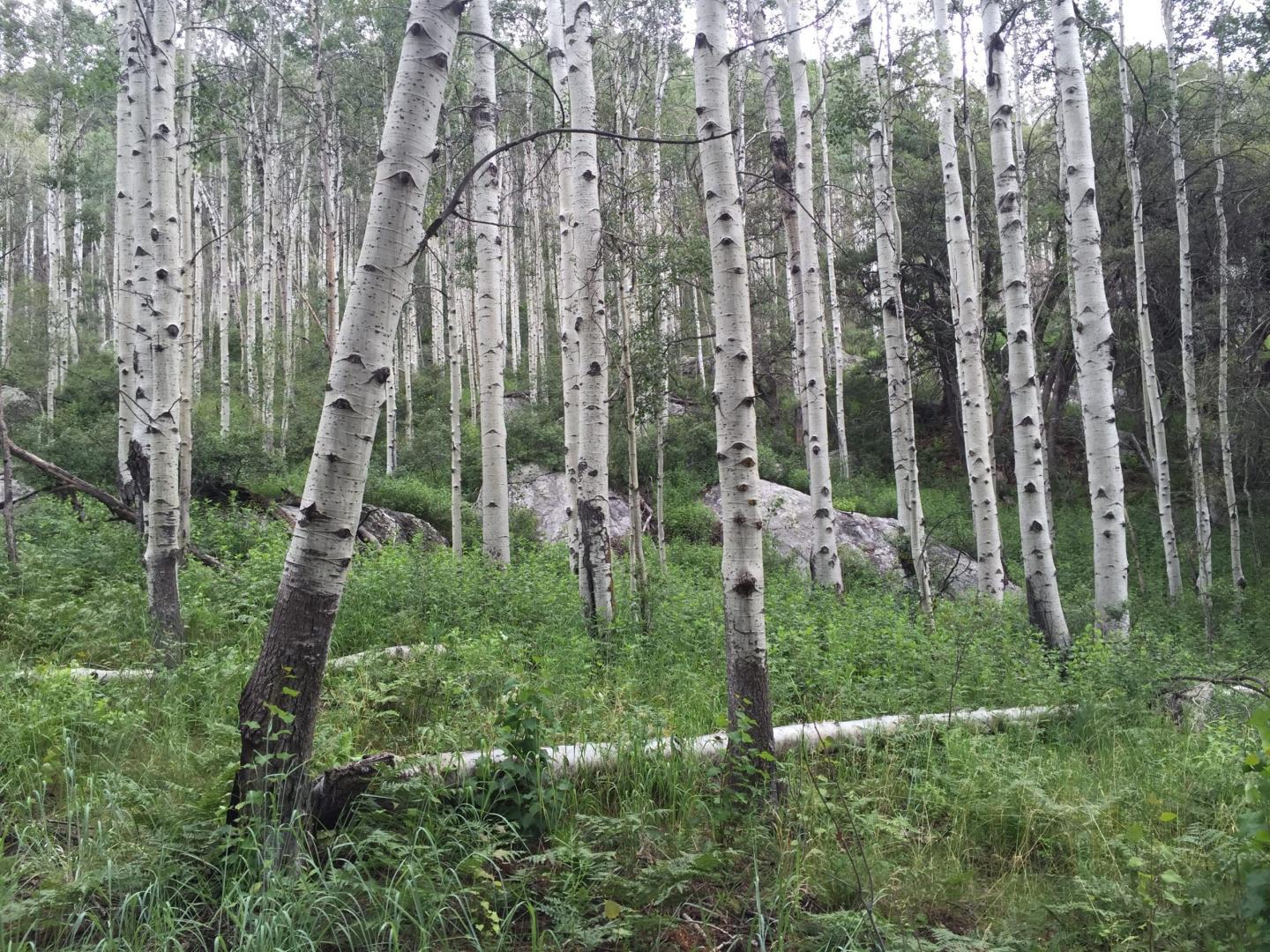
From the grassy mall on the University of Arizona, one can look east and gaze upon the pine-topped peaks of the Rincon Mountains east of the sprawling city of Tucson. I often stand on that mall and imagine what that same scene may have looked like in 1885, when the University of Arizona was established. I wonder if Surveyor General Levi Manning, who built Manning Cabin high in the Rincons, ever stood in that same place and gazed with the same longing as I do. I wonder if any of the ponderosa vigas or roof beams that were harvested by Mexican laborers out of places like Mica Meadow and Rincon Peak are still standing in any of the original structures that date back to the birth of early contemporary Tucson. I wonder if any of the finely dressed ladies of the time were wearing cosmetics made with the sparkling mica deposits found in the granitoid crags of the Rincon Mountains. Surely many people have gazed upon the Rincon Mountains with the same longing that I have, from the earliest Hohokam-era peoples who may have envisioned the deer filled meadows and turkeys roosting amongst the aspen groves, to the various developers who dreamt of roads, retreats, and respite from the harsh Sonoran Desert summers. The Rincon Mountains have been the fixation of many people over the centuries, myself included, yet they remain mysterious, wild, and as undisturbed as can be found in our hyper-modern world of constant connectivity.
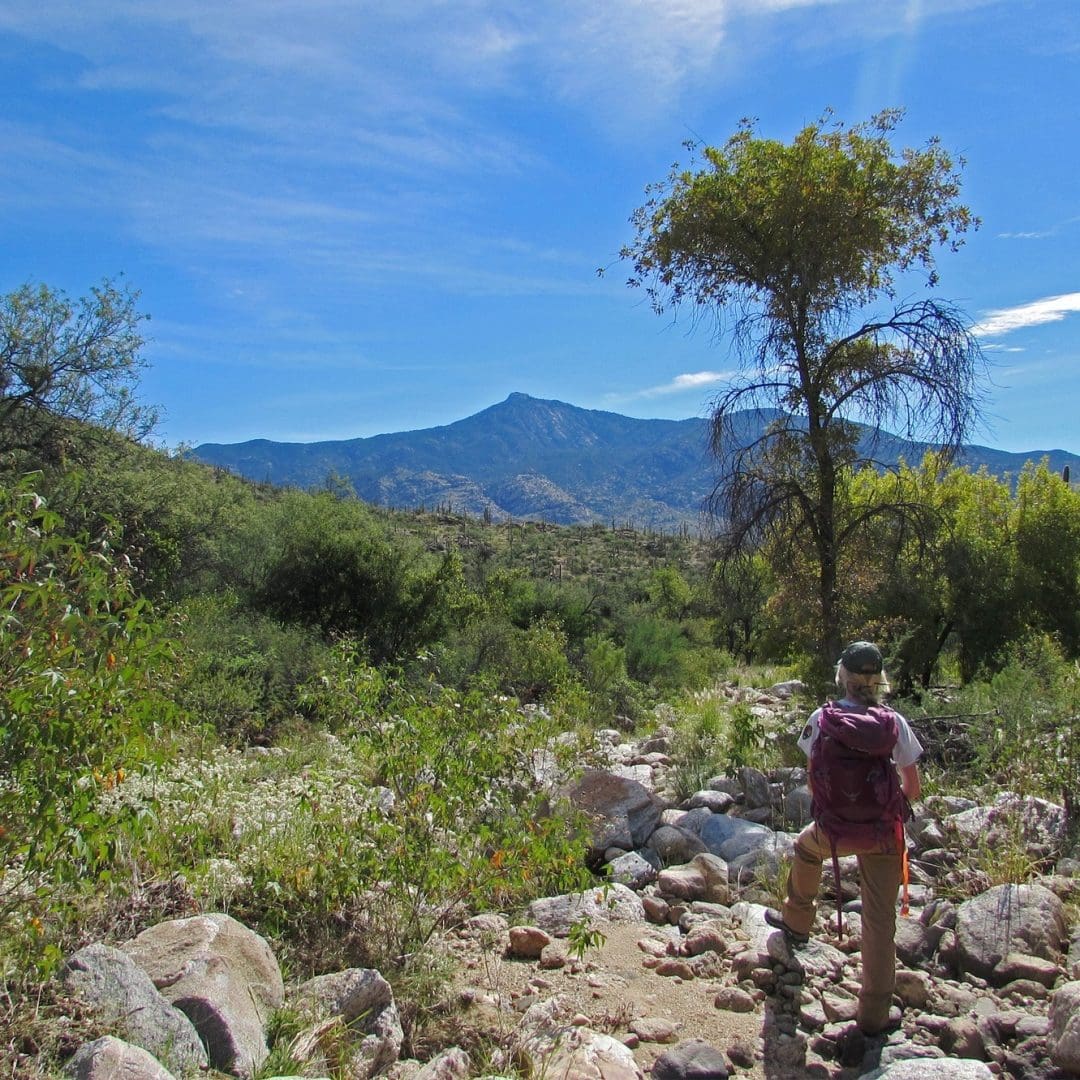
Most people have heard of the Santa Catalina Mountains, particularly Mt. Lemmon, and as far as the Madrean Sky Island bioregion goes, the Santa Catalinas remain one of the most accessible and beloved. Like a geographic sibling rivalry, the Rincon Mountains stand determinedly in the eastern shadow of the Santa Catalinas, both figuratively and literally. While being geologically very similar, perhaps even identical depending on who you ask, the two ranges couldn’t be more different in the way they provide us with recreation, solitude, and leisure. For all the convenience of the Santa Catalinas, the Rincons are remote and difficult to access. They are a rocky wilderness full of steep climbs ribboned with banded gneiss and rugged canyons bursting with sharp succulents, the type of terrain that makes for stunning vistas and overpriced postcards. When accessed via automobile, like on the Catalina Highway, those vistas can inspire proclamations of appreciation. Something like “Oooohhh” and “Ahhhhh” “Ain’t it beautiful” would be appropriate. But this same terrain, when accessed via the kinds of travel required to explore the Rincons, (foot or on horse or mule), those same kinds of vistas evoke something a little deeper. Those same rugged vistas and diversity of Sky Island scenery can be appreciated on a profounder level, that is, once you stop sweating, crying, bleeding, or possibly all the above. Getting deep into the Rincon Mountains takes a kind of wilderness locomotion that is typically reserved for our most cherished and hallowed wild spaces and cultural treasures. Places like Macchu Picchu and Mt. Kilimanjaro come to mind; if you want to experience these places, then you will have to put in the work.
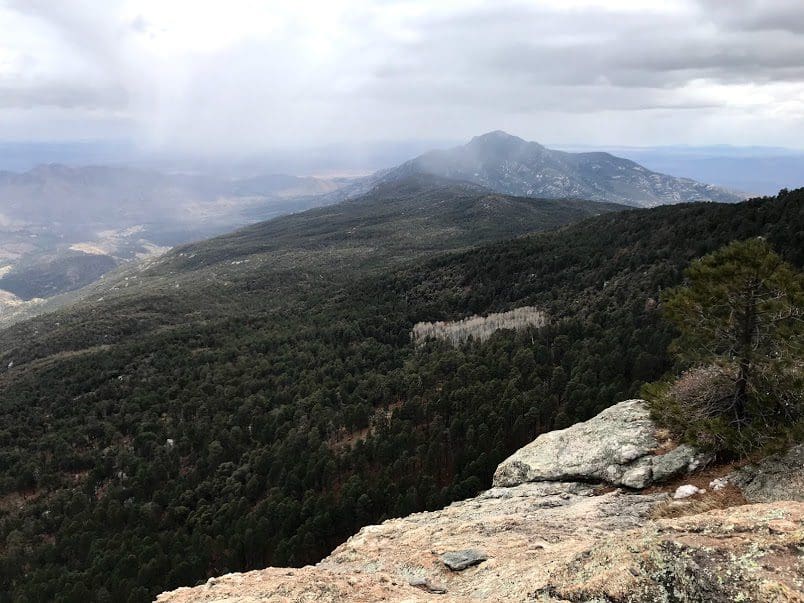
With no easy way to get there, the Rincon Mountains become a unique treat full of cultural heritage, ancient stories, and unforgettable biodiversity. To see the historic cabin built by the Manning family in 1904, one has to undertake a journey that is statistically similar to descending to the Colorado River and back in the Grand Canyon, a feat unto itself. If one wants to stand in the same spot atop Rincon Peak where Manuel Escalante stood and lost his hat to a gust of wind while helping to survey Southern Arizona in preparation for coming statehood, then one must climb from the saguaro studded furnace of the Sonoran lowlands, through rattlesnake occupied grasslands and oak and juniper scrublands home to healthy populations of mountains lions, black bears, and coatimundi. One must continue into the thick canopied old growth pine and fir forest full of the melodic calls of endangered Mexican spotted owls, acorn woodpeckers and Steller’s jays, and then finally climb the nearly vertical granite top of Rincon Peak. Once the pain of the endeavor subsides, then one can truly appreciate the remoteness and resiliency of the Rincon Mountains.
Mostly a wilderness area, the Rincon Mountains haven’t always been the pristine and untouched sky island that they are today, legally speaking. It is rumored that Levi Manning intended to build a Summerhaven-esque resort in the area around Mica Bowl. He even had a road surveyed for such a project, which some estimates say cost him a hefty price, but ultimately, the wilder notions of the Rincon Mountains prevailed, and they were set aside as a forest reserve in 1907. They have changed landlords over the years, with the Forest Service managing some of the early operations and then the National Park Service taking over since the 1940’s. Today, the Rincon Mountains are co-managed by both agencies under Saguaro National Park and the Coronado National Forest. While the two agencies may differ in management strategy, on paper the Rincon Mountains are overwhelmingly one identity: wilderness.
Overlooking the busy and ever-growing city of Tucson, the Rincons help to provide two very critical functions for those dwelling below. The first is access to wild space. Saguaro National Park helps to preserve this fragile balance by providing recreation opportunities in the over 60,000-acre federally designated Saguaro Wilderness, a place where, per the description of the Wilderness Act, “man himself is just a visitor.” This access to wild space allows us to escape the stresses and chaos of our hyper-modern lives for rejuvenating and restorative time spent in nature. But the wilderness of the Rincon Mountains also acts as a living laboratory where park staff can study the changes in our climate, the health and distribution of critical species, as well as monitor the overall state and wellbeing of the Madrean Sky Island bioregion. This kind of emphasis on preservation allows for an untouched and undisturbed ecosystem where we can observe the balance and fragility that is existence in the Sonoran Desert, but also appreciate the adaptability and resiliency of the unique plants and animals that call it home, us included.
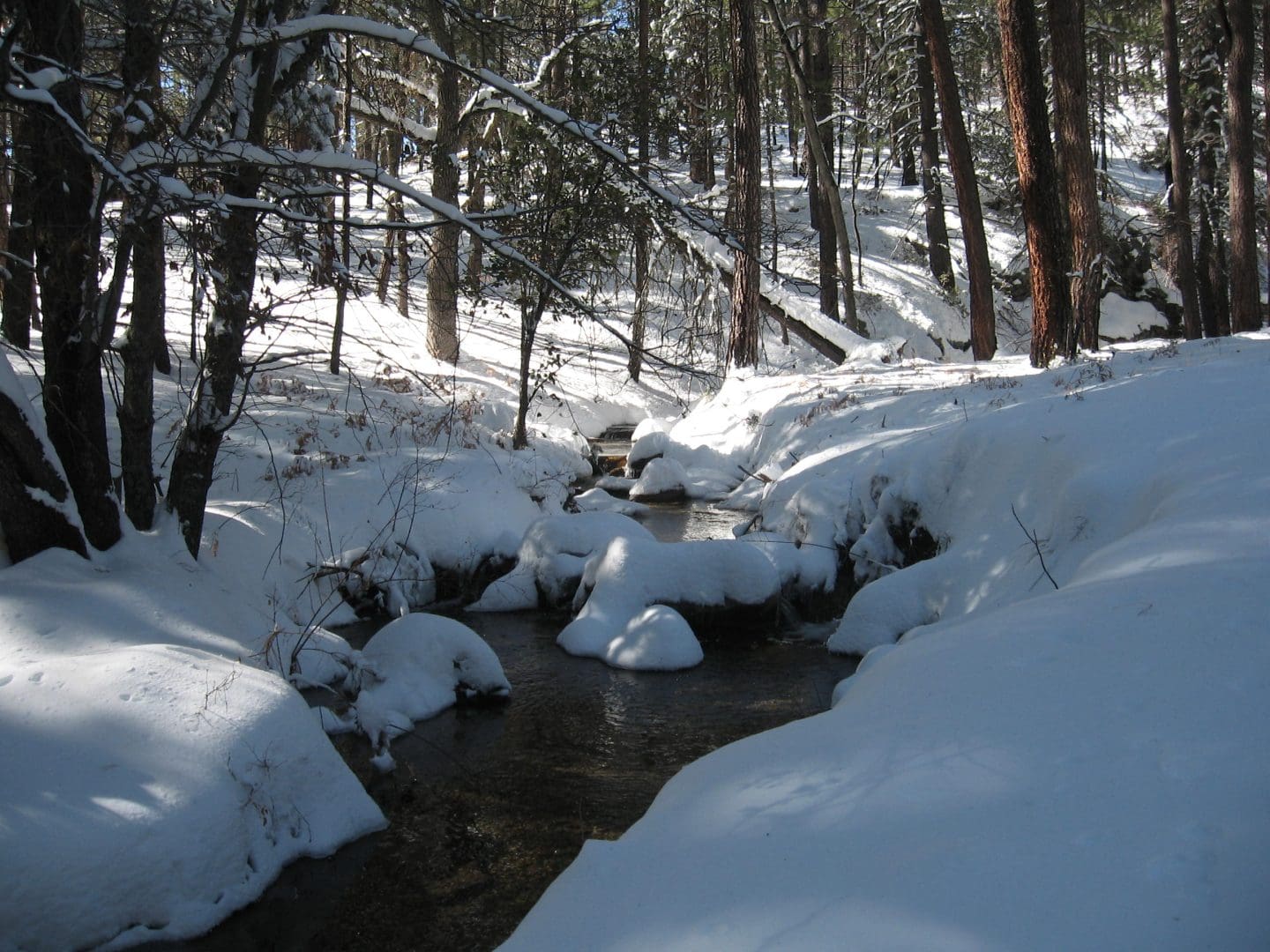
Having escaped multiple dissection attempts from road projects to telegraph lines, the Rincon Mountains are now one of the few places left in the Madrean Sky Island bioregion where there is no modern human development. They are the largest roadless Sky Island of the 65 or so ranges that qualify. They are truly a wild space that embraces the city of Tucson in a way that teases proximity and accessibility, perhaps even the words “back yard” come to mind. But anyone who has been to the highest reaches of the Rincon Mountains knows that their secrets are reserved only for the hearty and the prepared. Truly a hidden gem, the Rincon Mountains showcase the best that the Sonoran Desert has to offer and retain the kind of biodiversity that could one day be rightfully called a hotspot.
“Saguaro National Park’s high country in the Rincon Mountains lies next to a city of one million people, but offers a remote wilderness experience of whispering pines, clear springs and beautiful orchids, and snow in the winter” – Jared Suydam, lead park guide in the Rincon Mountain District.
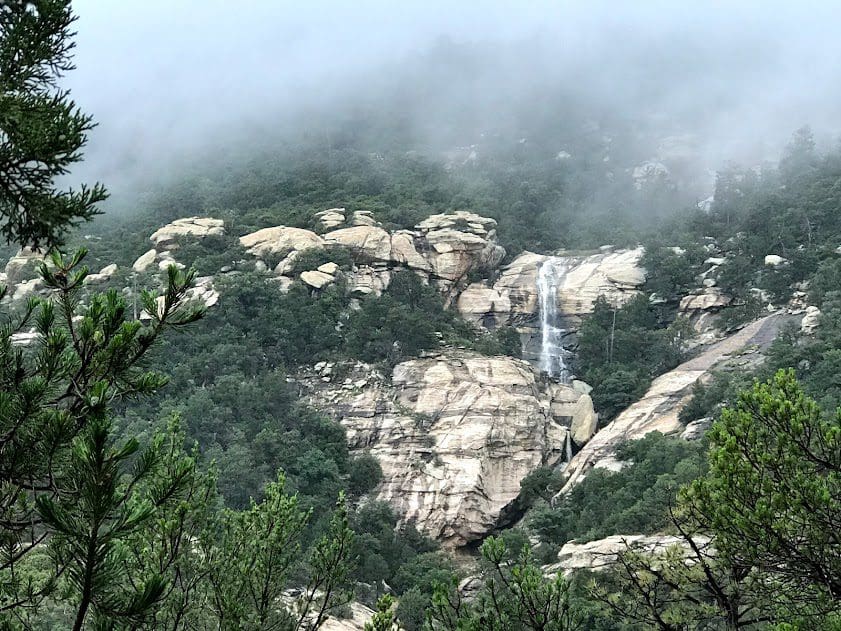
“Few of us appreciate how lucky we are that the Rincons are part of Saguaro National Park at all. The national monument’s original plan in 1933 called for the US Forest Service, which allows grazing and hunting, to manage the land. When Saguaro was transferred to the National Park Service by President Roosevelt, local ranchers convinced Senator Carl Hayden to sponsor a bill in Congress to protect only the “Cactus Forest” and return the mountain areas to the Forest Service.” – Don Swann, Park Biologist.
In 1937, the NPS sent a team from Washington DC to decide if the agency should support this action. They visited the park, interviewed locals, and rode by horseback up to Manning Camp at 8,000 feet. These men were awed by the Rincon Mountains as a whole. Their report concluded that Saguaro’s greatest value was not only the desert, but in its intimate biological connection with the forests above. Although the land issues were not fully resolved for decades, the NPS held fast in its conviction that the deserts, grasslands, woodlands and forests of Rincon Mountains – about 100 square miles in total – should be preserved intact.
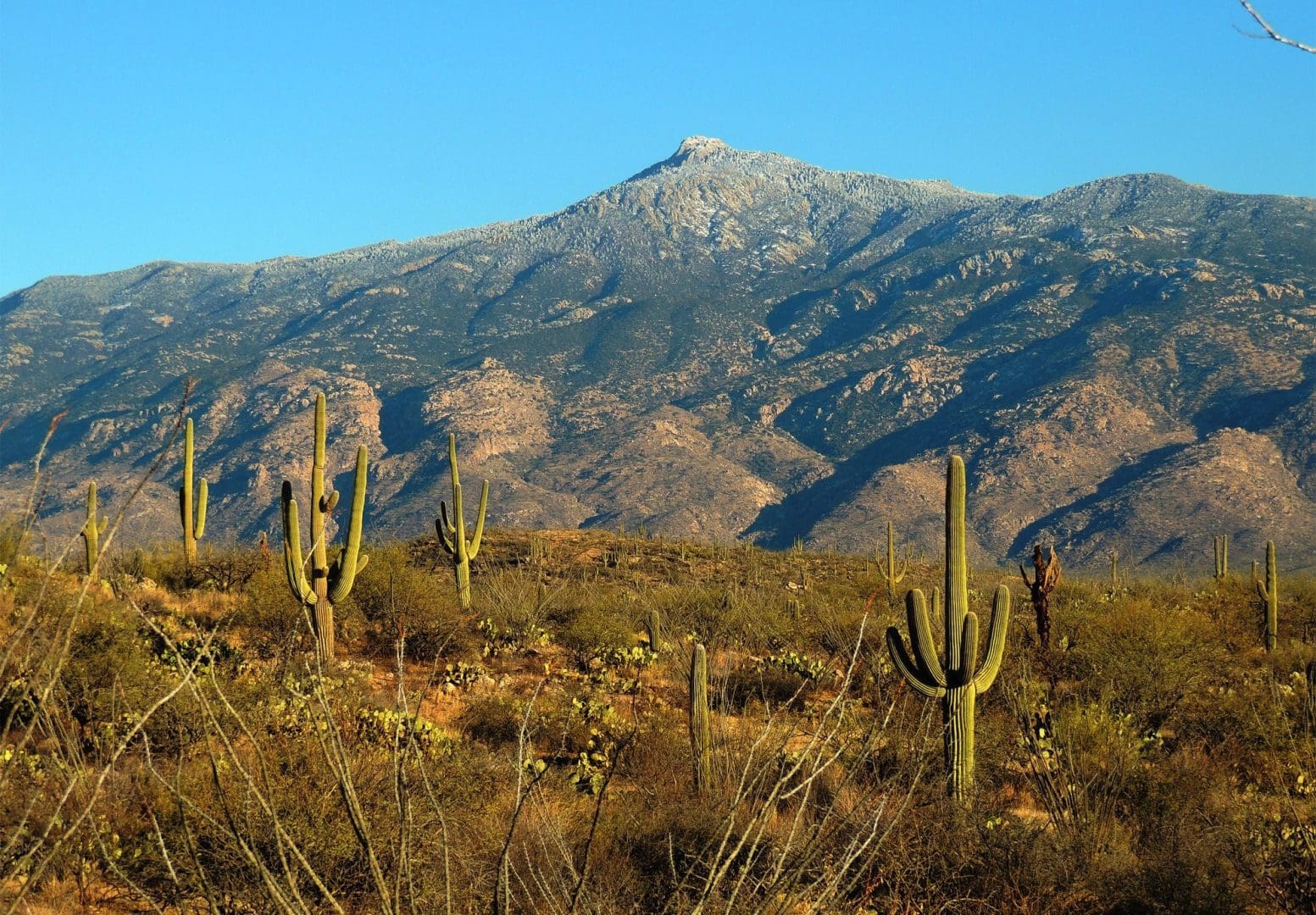
“Growing up in Tucson means you’re always surrounded by mountains, which I have learned is a luxury many people don’t experience. When I think of the surrounding mountains, I have fond memories of most. The Santa Catalinas hold Mount Lemmon and the Catalina highway – easy escapes from the desert heat. Madera canyon in the Santa Ritas hold some of my fondest memories with my grandparents. I grew up next to the Tucson Mountains – a range I feel most comfortable around. But the Rincons, standing tall on the eastern end of Tucson were always just there – nothing that connected me to them since they were far away and not as accessible as the other ranges.”
“Now after working at Saguaro National Park for over a year, my attitude and understanding of the Rincons have completely changed. They are a place of solitude on the edge of a sprawling city which many people don’t get to experience – a magical sky island with dense forests, perennial water sources, and breathtaking views of southern Arizona. They are where I truly fell in love with the Sonoran Desert. They mark the place of my first backpacking experience – proving to myself I am capable of more than I thought. They are a place of healing and the first place I go when I need time to myself. They are a place I have laughed and cried. They are a place I long to return to once again.” – Malana Starr, Next Generation Ranger Intern.
“When I look at the Rincons I see lives that existed, that we are connected to, but never knew. I feel the tempo of time as eras have passed, and earth and life have been woven anew. To me, the Rincons represent the ever-present blue in the distance; a color you can never arrive at but always strive for. I’ve spent many hours, weeks, and months exploring and studying this mountain range. The more time I spend here, the more curiosities I find within the interconnectedness of the sky island biome, the plants, animals, and people that consider them home, and how the topography shapes these relationships. The Rincons are a place of dichotomy. They exist as a pillar of wilderness among an encroaching city. They are a desert and yet a forest. From cracks and fissures bubble springs that can quench thirst even during the driest times of year. They are a place for us to recreate and enjoy, yet within their boundaries entire epics are lived by the flora and fauna that inhabit primeval forests unintruded by our wanderings. I find the Rincons a place of solace. A pocket of the world we can cherish and care for so that our heritage remains rich. So that those that come after us can continue taking part in the lore and splendor of this place.” – Keeley Lyon-Letts, Science and Resources Ranger.
By: Jared Suydam, Lead Park Guide in the Rincon Mountain District,
Don Swann, Park Biologist
Malana Starr, Next Generation Ranger Intern,
and Keeley Lyon-Letts, Science and Resources Ranger



